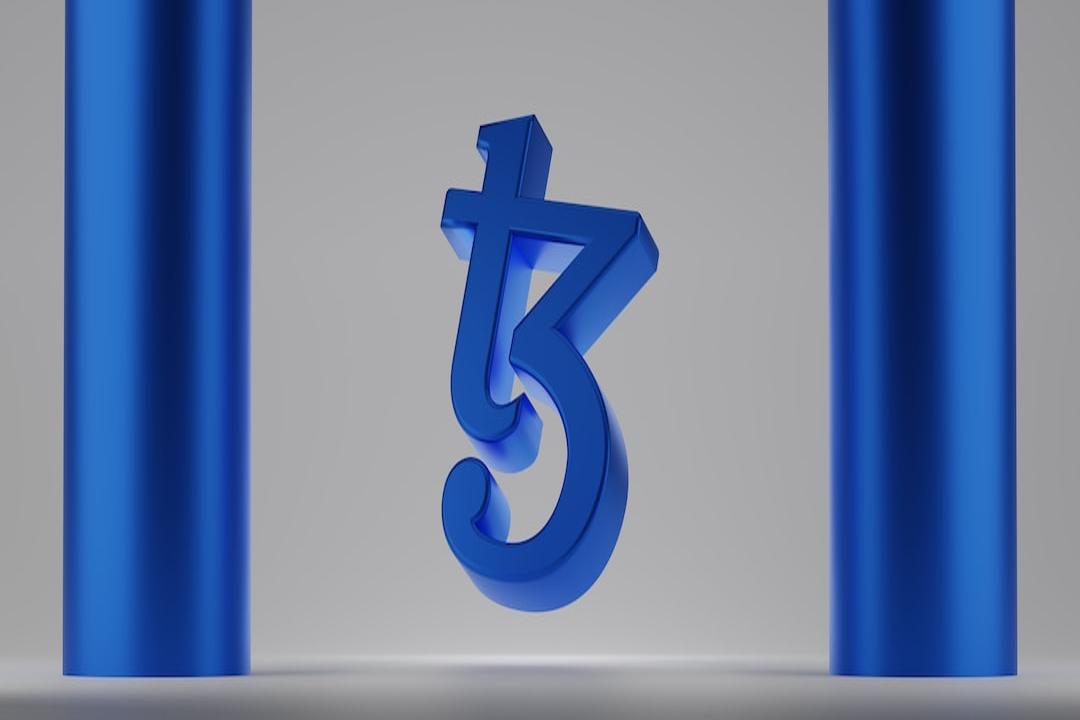For more than a decade, the quadrennial Bitcoin halving event has brought joy to early Bitcoin hodlers and caused concern among inefficient crypto miners. Despite the potential for reduced profitability that has even bankrupted companies in the past, most miners agree that the halving is what makes Bitcoin unique and they embrace it.
While there are concerns that the upcoming halving event on April 20 could lead to some miners going out of business, especially if the price of Bitcoin does not exceed the cost of mining, miners remain committed to the Bitcoin design. Kristian Csepcsar, chief of propaganda at Bitcoin mining infrastructure firm Braiins, stated that miners understand the significance of the halvings and why they are integral to Bitcoin.
Some mining firms, like Hut 8, view the halving as an opportunity to strengthen their competitiveness. CEO Asher Genoot explained that they have restructured their business and focused on being a low-cost operator in preparation for the halving. They only mine when it is profitable and maintain a strong balance sheet to ensure stability and support growth.
Jaran Mellerud, co-founder of Hashlabs Mining, believes that miners might prefer to eliminate the halving. However, he emphasized that the Bitcoin network is not controlled by miners but by node operators. Removing the halving would require a hard fork, which is unlikely to gain consensus and would change the fundamental nature of Bitcoin.
Nicholas Safford, general partner at New Layer Capital, added that while some miners may support eliminating halvings, full nodes have significant control over the Bitcoin network and may not agree. Implementing such a proposal would require a hard fork, resulting in a new cryptocurrency that is no longer Bitcoin.
Despite fears among miners about the halving, it has historically been associated with bullish sentiment and price surges. However, there is also concern that the halving will increase operational costs and reduce profitability. Some miners may become unprofitable if the market value of Bitcoin does not cover the cost of mining. This could lead to high-cost miners dropping off the network.
Industry executives and advocates believe that halvings are ultimately beneficial and necessary for Bitcoin’s long-term sustainability. They ensure a smooth transition towards the 21 million Bitcoin supply cap and promote continuous improvement in energy efficiency. The global mining activity has continued to grow despite the halving every four years.
In conclusion, while miners may fear the halving, they understand its importance and believe it is here to stay. The Bitcoin network is built on the principle that the code is law, and significant changes like removing the halving are unlikely to occur. The halving events are seen as economic catalysts that contribute to the overall success and uniqueness of Bitcoin.

